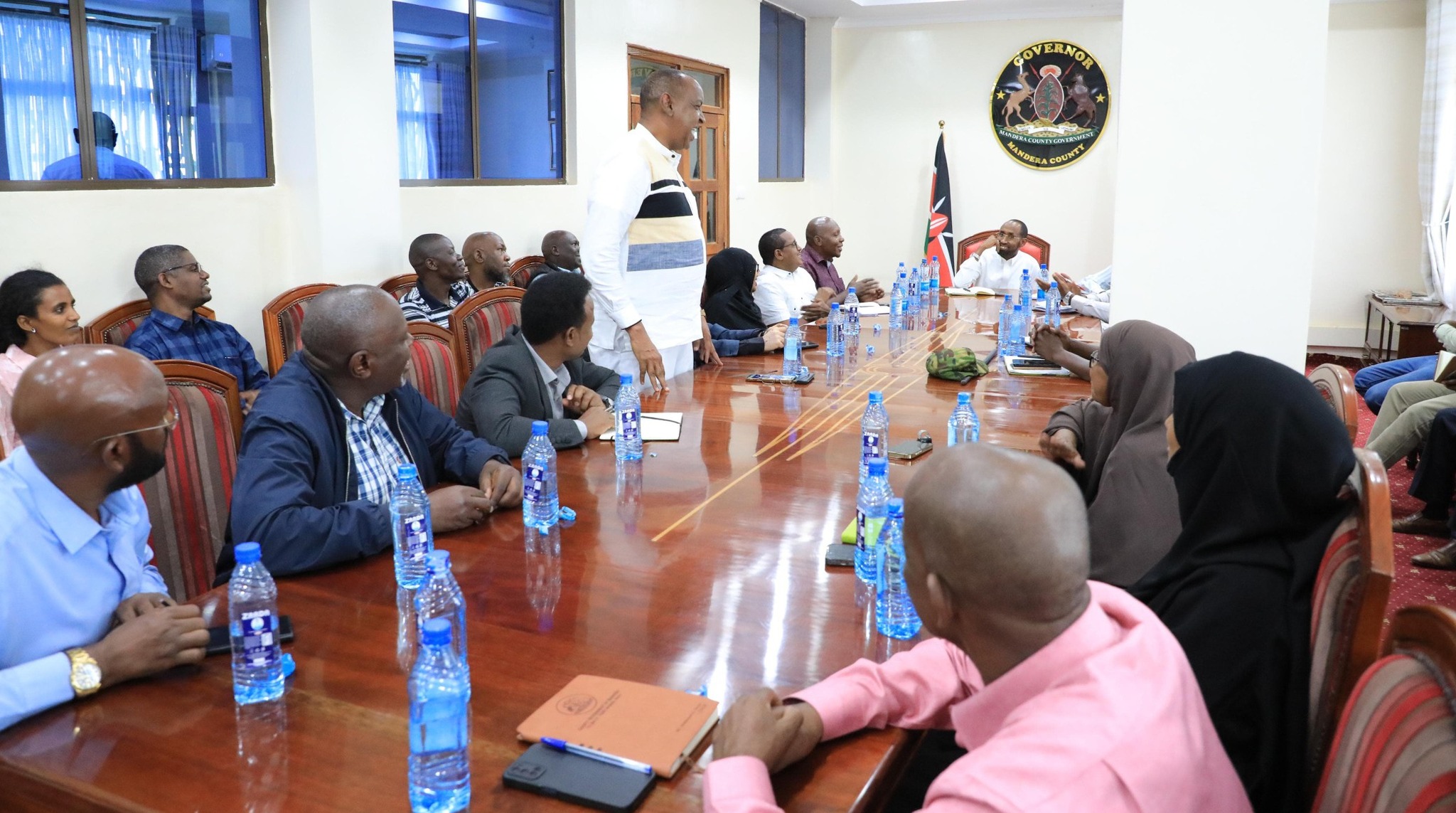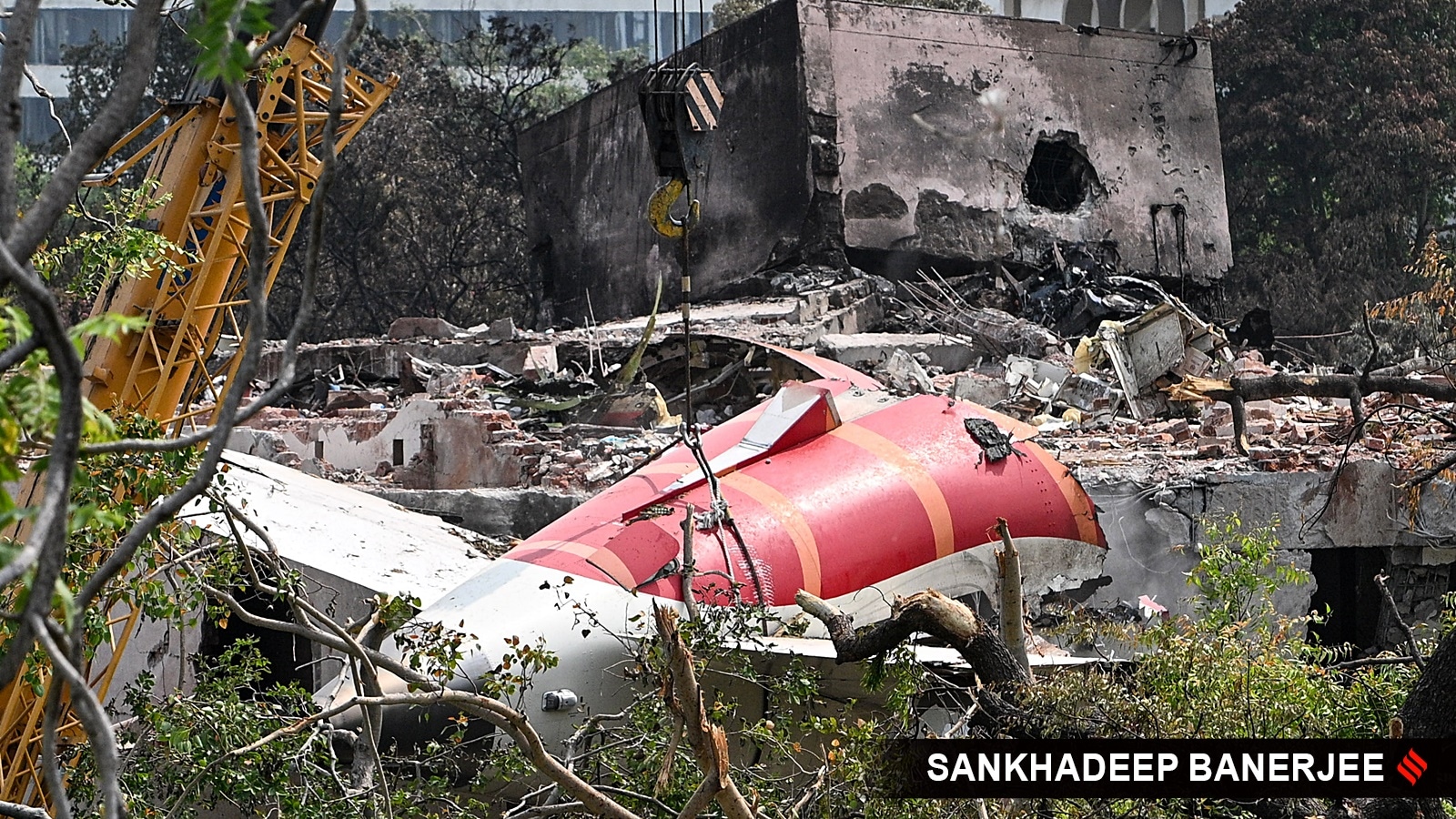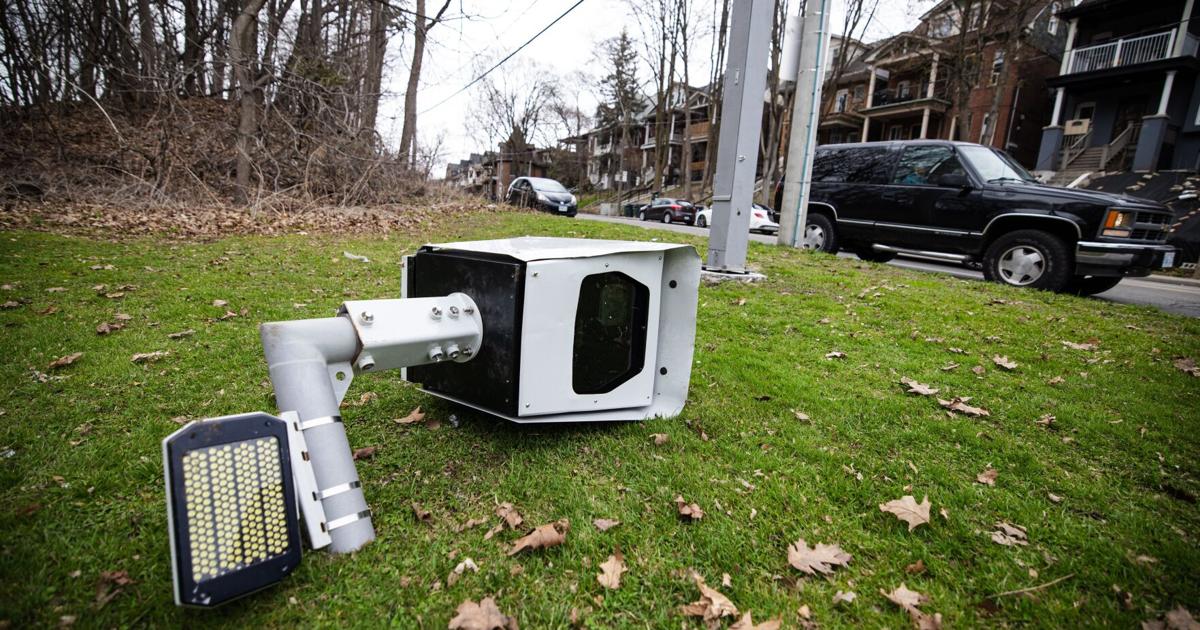Governor Khalif lauds Igad for solidifying seamless integration and development among member states.

MANDERA Governor Mohamed Khalif has lauded the Intergovernmental Authority on Development for solidifying seamless integration and development among member states.
He spoke in Mandera town when he hosted a joint Kenya-Ethiopia delegation that was on a four-day technical assessment of the proposed Suftu and Malka Ladeni bridges, which connect Mandera town to Ethiopia.
"The project implementation will enhance infrastructural connectivity and socio-economic development between Ethiopia and Kenya," the governor said.
He assured the delegation that his administration and the residents of Mandera were fully committed to providing the necessary support to accelerate the implementation of the project.
“My administration remains fully committed to providing the necessary support to accelerate the implementation of the project. I would like to express my immense appreciation to Igad for its instrumental role in solidifying seamless integration and development among member states,” he said.
The team conducted site visits to the proposed bridges and one-stop border points in Mandera (Malka Suftu) and Rhamu, which are critical components of the Horn of Africa Gateway Development Project.
The delegation led by the Igad head of mission to Kenya, Dr Fatuma Adan, included officials from KeNHA, Kenya Revenue Authority, Information and Communication Technology Authority, North and North Eastern Development Initiative, Mandera County officials and the Ministry of Interior.
Their Ethiopian counterparts were led by the Igad head of mission to Ethiopia, Abebaw Belachew, officials from the Ethiopia National Roads Authority, the Ethiopia Revenue Authority and representatives from the Ethiopia Somali region.
Belachew said the joint consensus on the identification of the project site was, in itself, an achievement towards the construction of the proposed Suftu bridge.
"In two years, we expect to see the project completed and vehicles transporting people and goods. We need to get rid of these boats and rafts that endanger people's lives. It will be history that people used to move between the two countries using boats."
The site visit followed bilateral engagement between the two countries, convened under the auspices of Igad on June 5 in Addis Ababa, Ethiopia.
The meeting emphasised the critical importance of strengthening multilateral responses to cross-border connectivity challenges confronting the Horn of Africa. It was conducted within Igad's Vision 2050 and the African Continental Free Trade Area, ensuring alignment between national infrastructure priorities and regional integration objectives.
Salah Maalim, the Mandera executive for lands, housing, physical planning and urban development, said the project is more than just infrastructure; it is trust, stability, and a shared future between Kenya and Ethiopia.
"The anticipated economic gains, coupled with regional peace dividends, could reshape the narrative of the Kenya-Ethiopia-Somalia tri-border zone from fragility to resilience," he said.Maalim lauded the project's design with its post-tensioned box girder concrete superstructure and high flood resilience as reflecting engineering tailored to Mandera's unique terrain.
The county executive observed that the traffic transition tunnel, which shifts traffic from Kenya's right-hand system to Ethiopia's left-hand flow, was a nod to regional integration.
He said that alongside the bridges, the one-stop border posts and fibre optic installations will drastically cut travel and trade time, enabling efficient cross-border processes, improving digital infrastructure, and creating jobs in one of the most remote corners of East Africa.
You may also like...
Diddy's Legal Troubles & Racketeering Trial

Music mogul Sean 'Diddy' Combs was acquitted of sex trafficking and racketeering charges but convicted on transportation...
Thomas Partey Faces Rape & Sexual Assault Charges

Former Arsenal midfielder Thomas Partey has been formally charged with multiple counts of rape and sexual assault by UK ...
Nigeria Universities Changes Admission Policies

JAMB has clarified its admission policies, rectifying a student's status, reiterating the necessity of its Central Admis...
Ghana's Economic Reforms & Gold Sector Initiatives

Ghana is undertaking a comprehensive economic overhaul with President John Dramani Mahama's 24-Hour Economy and Accelera...
WAFCON 2024 African Women's Football Tournament

The 2024 Women's Africa Cup of Nations opened with thrilling matches, seeing Nigeria's Super Falcons secure a dominant 3...
Emergence & Dynamics of Nigeria's ADC Coalition

A new opposition coalition, led by the African Democratic Congress (ADC), is emerging to challenge President Bola Ahmed ...
Demise of Olubadan of Ibadanland
Oba Owolabi Olakulehin, the 43rd Olubadan of Ibadanland, has died at 90, concluding a life of distinguished service in t...
Death of Nigerian Goalkeeping Legend Peter Rufai

Nigerian football mourns the death of legendary Super Eagles goalkeeper Peter Rufai, who passed away at 61. Known as 'Do...



